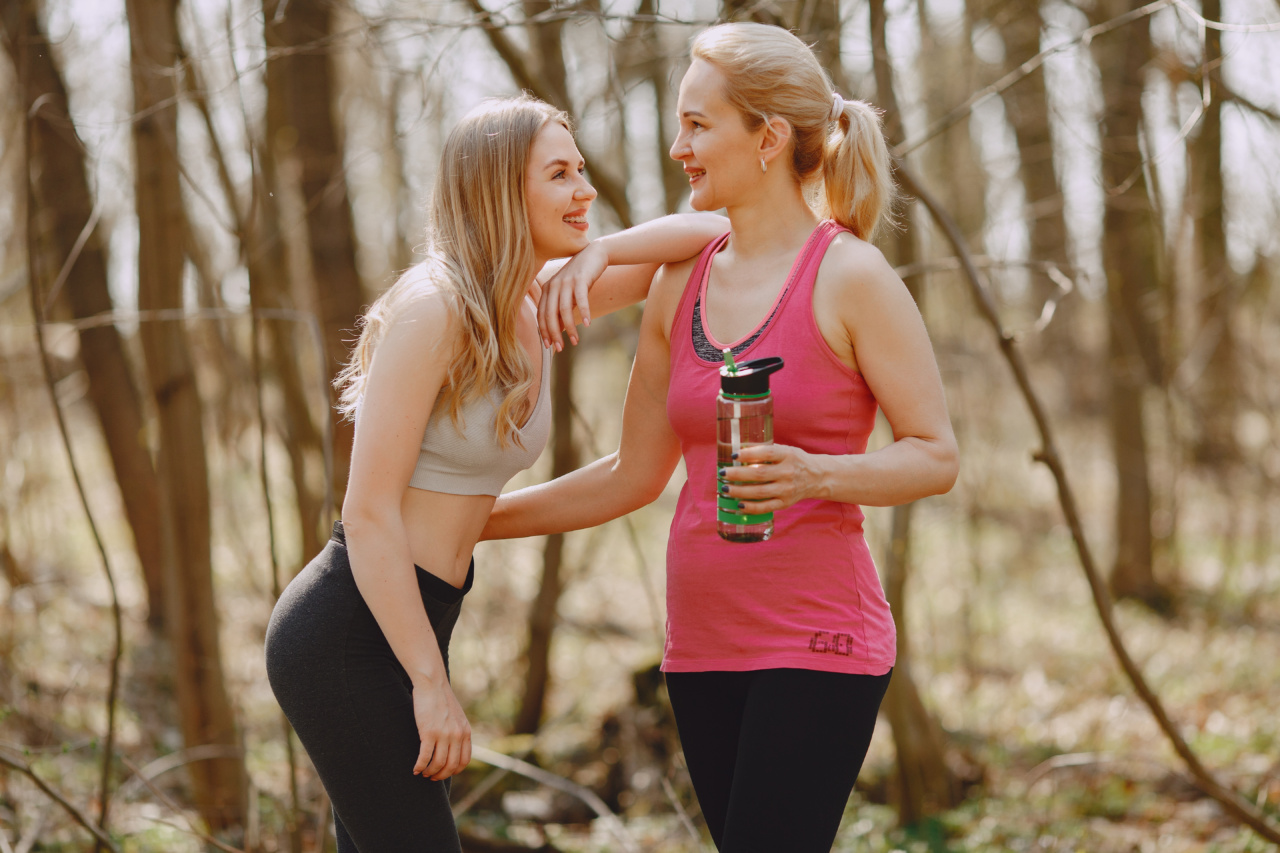Exercise is an essential aspect of healthy living, but how you exercise depends on your age group. Our bodies change as we age, and therefore, our exercise routine should be tailored to meet those changes.
In this article, we provide exercise tips for different age groups to help you maintain a healthy lifestyle.
Exercise Tips for Kids and Teenagers
Kids and teenagers require more physical activity than adults to support their growing bodies properly. Here are some exercise tips to keep in mind for kids and teenagers:.
1. Encourage Regular Physical Activity
Kids and teenagers should engage in physical activity for at least an hour every day. Encourage them to participate in activities that they enjoy such as playing a sport or dancing.
2. Mix Up Their Routine
Variety is essential for kids and teenagers when it comes to exercise. Encourage them to try new activities to help prevent boredom and develop new skills.
3. Ensure Proper Technique
Proper technique is crucial, particularly for strength training exercises. Seek guidance from a personal trainer or coach to ensure they are practising proper technique and not at risk of injury.
Exercise Tips for Young Adults (18-39)
For young adults, exercise is crucial for maintaining health and preventing chronic diseases later in life. Here are some tips to keep in mind:.
1. Incorporate Cardiovascular Exercise
Cardiovascular exercise is essential for improving heart health and maintaining a healthy weight. Aim to engage in at least 30 minutes of moderate-intensity cardio, five days a week.
2. Strength Train Regularly
Strength training helps build muscle mass, which is essential for bone health and maintaining a healthy metabolism. Aim to strength train at least twice a week.
3. Prioritise Stretching and Mobility Work
Stretching and mobility work help improve flexibility and prevent muscular imbalances. Incorporate stretching and mobility work into your routine at least twice a week.
Exercise Tips for Middle-Aged Adults (40-60)
As we age, our bodies require more attention and care to maintain excellent physical health. Here are some exercise tips to follow as a middle-aged adult:.
1. Focus on Aerobic Exercise
Aerobic exercise helps improve cardiovascular health and reduces the risk of chronic diseases. Incorporate at least 30 minutes of moderate-intensity cardio, five days a week.
2. Strength Train Regularly
As we age, muscle mass declines, and strength training helps maintain muscle mass and bone density. Aim to strength train at least twice a week.
3. Incorporate Balance Training
Balance training helps prevent falls and maintain mobility. Incorporate balance training exercises into your routine, such as standing on one leg or using a balance board.
Exercise Tips for Older Adults (60+)
For older adults, exercise is crucial for maintaining mobility and preventing age-related diseases. Here are some exercise tips to consider:.
1. Engage in Low-Impact Activities
Low-impact activities such as walking, swimming and cycling are gentle on joints, making them ideal for older adults. Aim for at least 30 minutes of activity most days of the week.
2. Focus on Strength Training
Strength training can help maintain muscle mass and bone density, reducing the risk of falls and osteoporosis. Aim to strength train at least twice a week.
3. Incorporate Stretching and Flexibility Work
Stretching and flexibility work can help maintain mobility and reduce the risk of muscular imbalances. Incorporate stretching and flexibility exercises into your routine at least 2-3 times a week.
Conclusion
The key to exercising at different age groups is to choose activities that are appropriate for your age, fitness level and ensure you are doing everything safely and with good technique.
It’s crucial to consult a doctor or qualified fitness professional before starting a new exercise routine.































